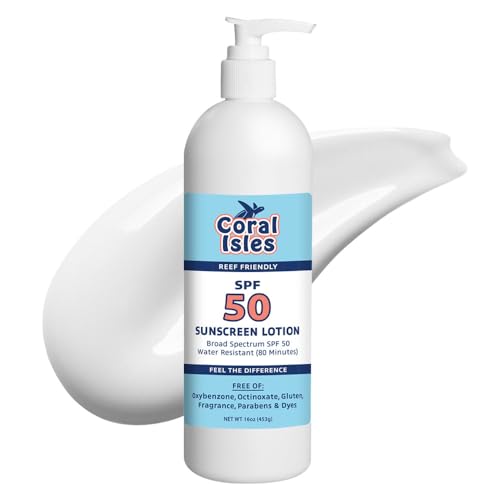NaH2O
Well-known member
- Joined
- Jan 25, 2004
- Messages
- 8,568
I thought I'd just grow some hair algae for the first 7 months of my tank's life - I have awesome biodiversity, that's for sure. Grrrr....the algae became so frustrating that I thought about tossing in an old tennis shoe and a couple of empty beer bottles - creating a great little nutrient laden biotope.
Actually, trying to determine the source of my nutrient problem was challenging. I know, Mike, I know...."your tank is young, and you have nothing competing for the algae, yet".....why is that ringing in my head?? Anyway, combined issues, I think. Making some changes with my program, and see where it leads. I do blow the rocks off, and they still seem to be shedding quite a bit, but how do I know if all the detritus is from the "curing" process, and it is still shedding old dead "junk"? Or, is it spitting out the recently processed dying and dead algaes? Perhaps it is a little of both.
This is where I get confused. I understand that live rock is always in a state of flux. But, in a closed system, when you walk the line of too many nutrients for some hobbyists (creating algae growth), couldn't the rock become overloaded processing all the excess foods and wastes? For some hobbyists, if they have an algae problem, taking a water sample and testing for phosphates from the water column, yields a zero - no inorganic phosphates in the water. However, if they then take a water sample from inside the rock structure/near the rock surface where the algae is taking hold, and test, there may be a postitive result for phosphates. To me that means there are phosphates coming from the rock and causing an algae issue. Everybody in and on the rock (i.e. bacteria), that takes care of processing is "full" and the inorganic phosphates are left over for the algae to feed on. Am I way off in space on this one?
Actually, trying to determine the source of my nutrient problem was challenging. I know, Mike, I know...."your tank is young, and you have nothing competing for the algae, yet".....why is that ringing in my head?? Anyway, combined issues, I think. Making some changes with my program, and see where it leads. I do blow the rocks off, and they still seem to be shedding quite a bit, but how do I know if all the detritus is from the "curing" process, and it is still shedding old dead "junk"? Or, is it spitting out the recently processed dying and dead algaes? Perhaps it is a little of both.
EricHugo said:Live rock is a very active thing, and the notion that it is a big carbonate sponge that sucks up all the nutrients and slowly releases them causing algae and/or posioning the tank I think is relatively rare.
This is where I get confused. I understand that live rock is always in a state of flux. But, in a closed system, when you walk the line of too many nutrients for some hobbyists (creating algae growth), couldn't the rock become overloaded processing all the excess foods and wastes? For some hobbyists, if they have an algae problem, taking a water sample and testing for phosphates from the water column, yields a zero - no inorganic phosphates in the water. However, if they then take a water sample from inside the rock structure/near the rock surface where the algae is taking hold, and test, there may be a postitive result for phosphates. To me that means there are phosphates coming from the rock and causing an algae issue. Everybody in and on the rock (i.e. bacteria), that takes care of processing is "full" and the inorganic phosphates are left over for the algae to feed on. Am I way off in space on this one?


































































